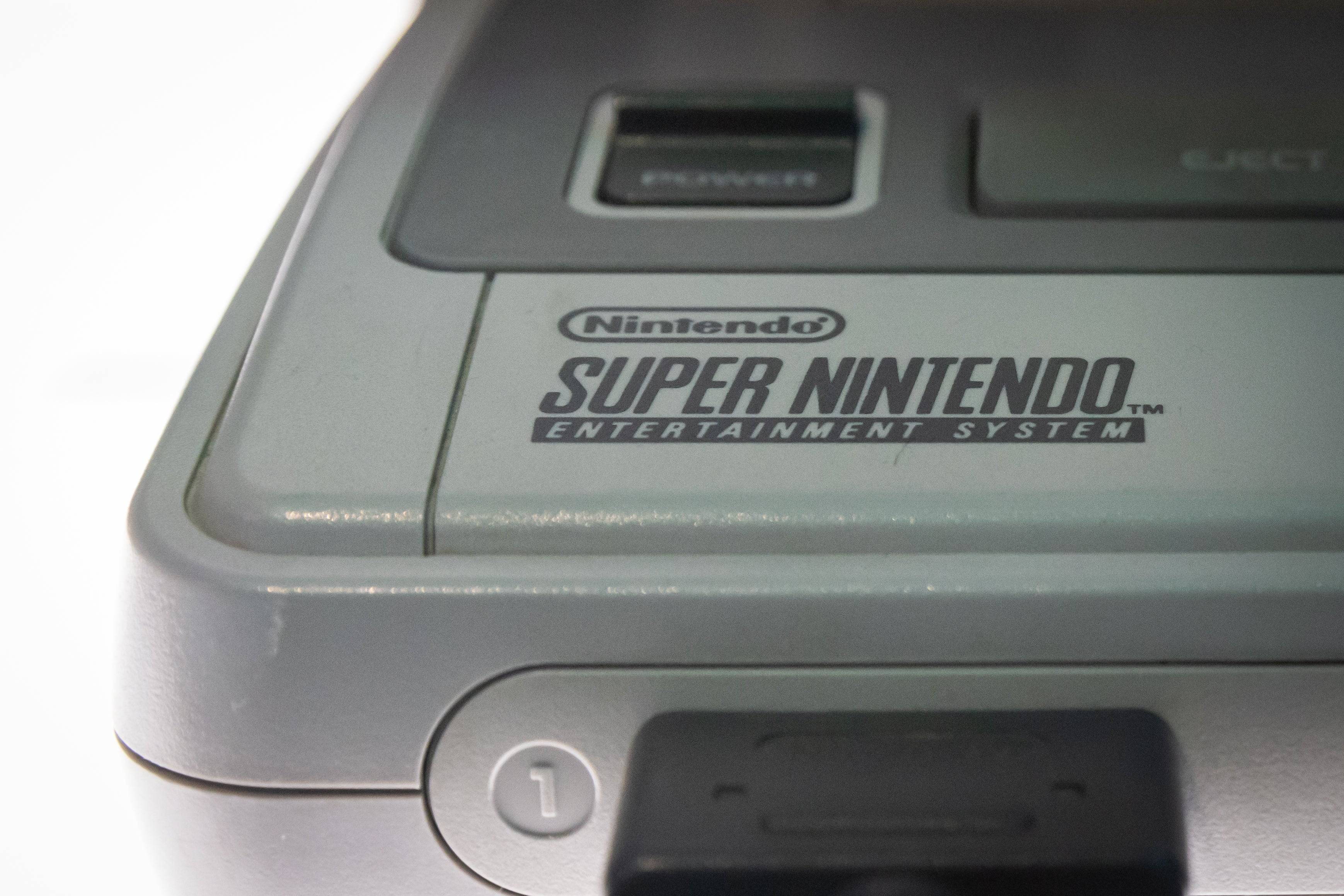"SNES Speed Increases with Age, Baffling Speedrunners"
The speedrunning community is buzzing over a fascinating technological phenomenon: the Super Nintendo Entertainment System (SNES) appears to be running games faster as it ages. This unexpected development was brought to light by Bluesky user Alan Cecil (@tas.bot) in early February, suggesting that the nearly 50 million SNES units sold worldwide might now perform better than when they were first released in the 1990s. Games like Super Mario World, Super Metroid, and Star Fox could potentially benefit from this intriguing change, rather than deteriorating with time.
The notion that a video game console could improve its performance over time sounds almost unbelievable, yet Cecil's research points to a specific component that might be responsible for this unique trait of the SNES.
The Fastest Thing Alive
In an interview with 404 Media, Cecil explained that the SNES's audio processing unit (APU) SPC700 is meant to have a digital signal processing (DSP) rate of 32,000Hz, governed by a ceramic resonator running at 24.576MHz, according to official Nintendo specs. However, retro console enthusiasts have long noted discrepancies in these figures, with variations in DSP rates influenced by environmental factors such as temperature. These variations affect how audio is processed and sent to the CPU, subtly impacting game speed.
 The plot thickens when examining how these DSP rates have evolved over the past 34 years. After Cecil asked SNES owners to record data, over 140 responses revealed a clear trend of increasing DSP rates in recent measurements. While previously recorded averages for the SPC700 were around 32,040Hz in 2007, Cecil's findings suggest a new average of 32,076Hz. Although temperature variations do affect these rates, they are not significant enough to account for the observed increase. This indicates that the SNES is indeed processing audio at a faster rate as time progresses.
The plot thickens when examining how these DSP rates have evolved over the past 34 years. After Cecil asked SNES owners to record data, over 140 responses revealed a clear trend of increasing DSP rates in recent measurements. While previously recorded averages for the SPC700 were around 32,040Hz in 2007, Cecil's findings suggest a new average of 32,076Hz. Although temperature variations do affect these rates, they are not significant enough to account for the observed increase. This indicates that the SNES is indeed processing audio at a faster rate as time progresses.
In a follow-up Bluesky post, Cecil shared detailed data, stating, "Based on 143 responses, the SNES DSP rate averages 32,076Hz, rising 8Hz from cold to warm. Warm DSP rates go from 31,965 to 32,182Hz, a 217Hz range. Therefore, temperature is less significant. Why? How does it affect games? We do not know. Yet."
Any%
While the findings are intriguing, Cecil acknowledges the need for further research to pinpoint how much faster the SNES units are processing game audio and to identify the underlying cause. Historical data from the console's first decade is scarce, but for now, the SNES seems to be aging gracefully as it approaches its 35th anniversary.
The potential implications for the speedrunning community are significant. A progressively faster SPC700 could theoretically shorten load times in certain game sections, affecting performance. This could challenge decades of leaderboard rankings and records. However, the relationship between APU speeds and visual game speed is not straightforward. Even under the most extreme conditions, the impact might only reduce a speedrun by less than a second. The extent to which different games could benefit from this altered audio processing remains uncertain, and the speedrunning community's research is still in its early stages. For now, players have little to worry about.
As Cecil continues to explore the inner workings of the SNES, Nintendo's iconic console continues to surprise us into its 30s. For more on the SNES, check out the list of best-selling consoles of all time.























![FurrHouse [Ch. 3]](https://images.dshu.net/uploads/30/1719555089667e54115d59f.jpg)




